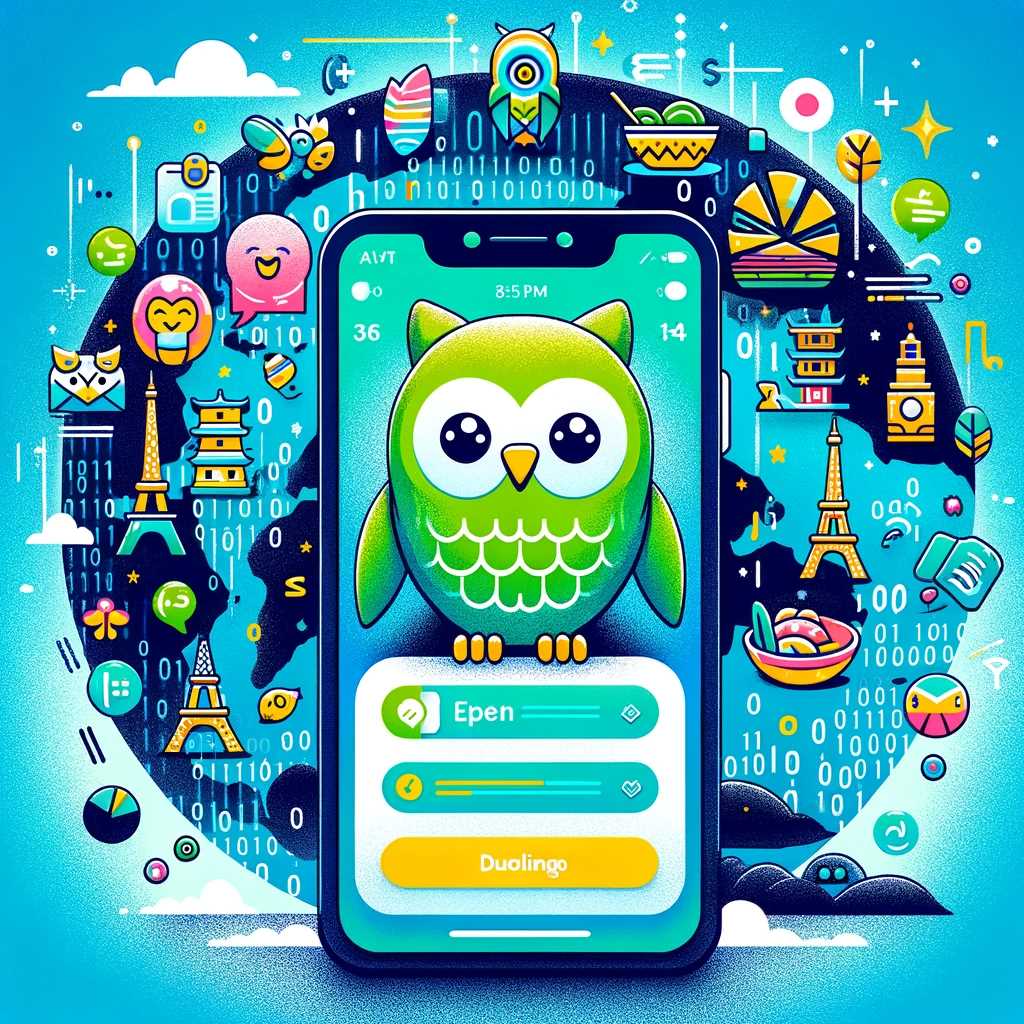In an era where social media platforms captivate billions worldwide, one innovator from Guatemala is reshaping the landscape of education. Luis von Ahn, a computer science professor and entrepreneur, shares a compelling vision: to make learning as addictive and accessible as scrolling through Instagram or TikTok.
From Guatemala to Global Education Innovator
Luis’s journey began in Guatemala, a nation often overshadowed by its larger neighbor, Mexico. He humorously clarifies the common confusion between Guatemala and Guantanamo, using light-hearted anecdotes to bridge cultural gaps. His background is not just a tale of geographical origin, but a narrative about overcoming educational disparities.
Guatemala, like many countries, faces a stark contrast in educational opportunities. The wealthy secure top-notch learning experiences, perpetuating a cycle of affluence, while the less fortunate struggle with basic literacy. Luis, fortunate to receive a quality education through his mother’s sacrifices, later moved to the United States, eventually earning a PhD in computer science.
The Birth of Duolingo: A Tool for Equality in Education
About ten years ago, Luis, then at Carnegie Mellon University, partnered with his PhD student, Severin, to tackle educational inequality. They chose to focus on language learning, recognizing its vast potential: nearly two billion people worldwide are learning a foreign language, most of whom are learning English. English proficiency, they realized, could dramatically increase one’s income potential.
Thus, Duolingo was born – a mobile app for learning languages, accessible to everyone. Its freemium model allows free access to all, with the option to pay for an ad-free experience. This model cleverly redistributes wealth, with richer users subsidizing free access for users from poorer countries.
Making Learning Irresistible: The Duolingo Strategy
Luis understands that to compete with the allure of social media, education must be equally engaging. Duolingo achieves this by incorporating addictive elements common in social media and gaming: streaks, notifications, and even a charismatic green owl mascot. These features keep users returning daily, creating a habit out of learning.
In Japan, users boast the longest average streaks, showcasing the global appeal of this approach. Notifications are timed with precision, based on user activity patterns, and even passive-aggressive reminders are employed to boost engagement.
Beyond Language: A Vision for All Learning
Luis envisions applying Duolingo’s successful strategies to other fields like math and physics. Repetition-based learning can be gamified, making it more appealing and effective. For more complex concepts, high-quality video content, similar to Sal Khan’s approach, could be integrated.
The Future of Screen Time: Educational and Engaging
The ultimate goal is to transform screen time into a positive, enriching experience. With tools like Duolingo, screen time is not just about passive consumption but active learning. Luis aspires to a future where digital platforms offer high-quality education to everyone, irrespective of their economic background.
In closing, Luis humorously reminds his audience to keep up with their language lessons, reinforcing the importance of daily learning. His story is not just about a successful app; it’s about reimagining education in the digital age, making it as captivating and universal as social media itself.
